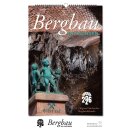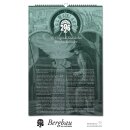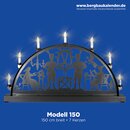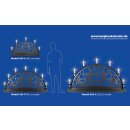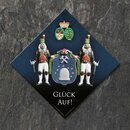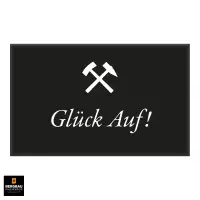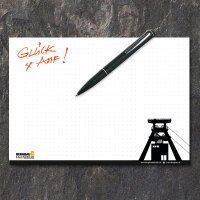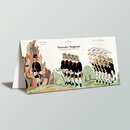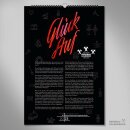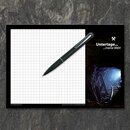The Saturnus Festival of 1719 – Splendour, Mining and Power (EN)
On 26 September 1719, the Plauenscher Grund near Dresden became the stage for one of Baroque Europe’s most opulent spectacles: the Saturnus Festival (also called Saturnfest). It crowned a month-long cycle of festivities celebrating the marriage of Electoral Prince Friedrich August II—son of Augustus the Strong—to Archduchess Maria Josepha of Austria. The event fused courtly ceremony with the pride and economic clout of Saxony’s mining industry. Wikipedia
The wedding served a political purpose. Augustus used it to broadcast the wealth and capability of Electoral Saxony, whose prosperity relied heavily on the Erzgebirge mining regions. The court staged seven planet festivals, and Saturn—associated with gravity, order and endurance—concluded the cycle. At its heart stood a grand miners’ parade, assembling hundreds to more than a thousand miners and smelters in uniform, carrying banners, tools and display pieces from mines and works.
Visual sources for the day are unusually rich. A roughly 38-metre coloured frieze by an unknown popular artist documents the sequence of the procession; engravings show the parade itself, the Temple of Saturn, the illuminated valley and the bridge over the Weißeritz. Notably, the highest mining officials appear in the middle rather than at the front—an intentional staging that underlined rank, function and the dramaturgy of the procession.
For contemporaries, the parade was a statement of statecraft. It put discipline, technical expertise and the economic backbone of Saxony on display. Scholarship on early modern Saxony highlights how such processions forged a distinct corporate identity for the mining estate and, later in the century, encouraged uniforms and carefully choreographed appearances as tools of representation and governance.
The price tag matched the ambition. Estimates suggest expenditures on a scale that burdened the Dresden court for decades, even if precise totals remain uncertain. Yet the prestige gained—reflected in architecture and the lasting Saxon Baroque image—was immense, ensuring the festival’s place in collective memory. W
Three centuries on, that memory is alive. Exhibitions and historical re-enactments around Dresden have revisited the Festival of the Planets, with the Saturnus Festival often taking centre stage as the most emblematic celebration linking power politics and mining culture.
In sum: The Saturnus Festival of 1719 was more than the glittering backdrop of a princely wedding. It condensed politics, economy and culture into a single choreographed spectacle—a manifesto of Saxony as a mining state whose images and meanings continue to resonate today.

